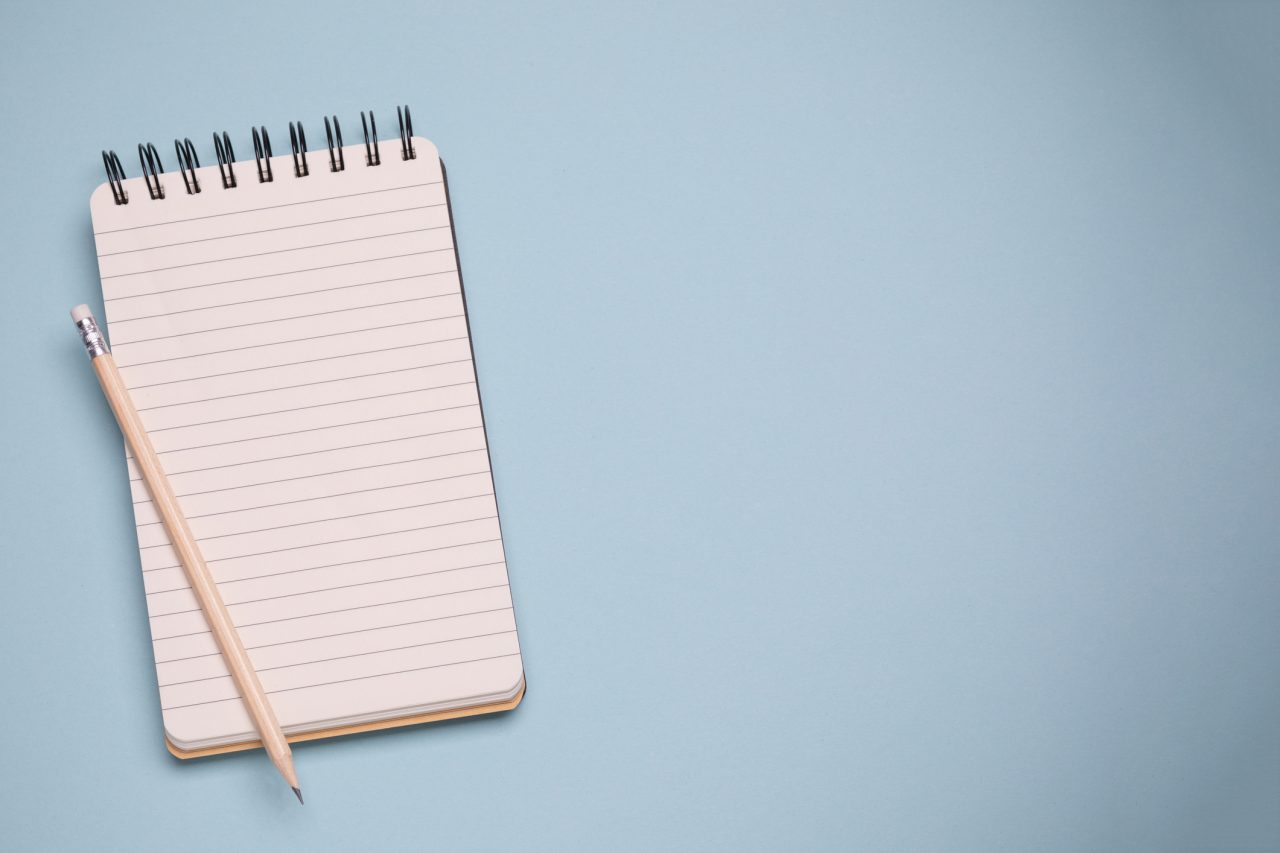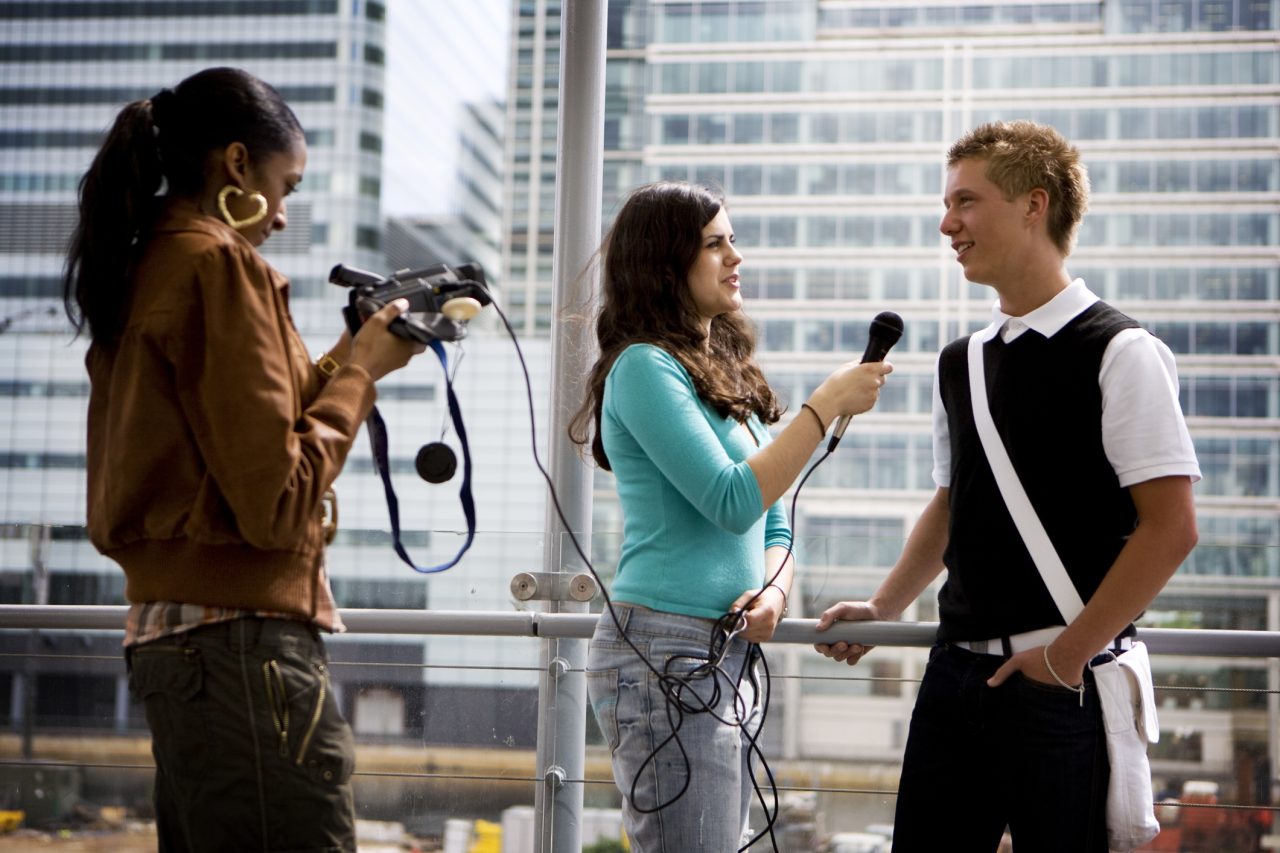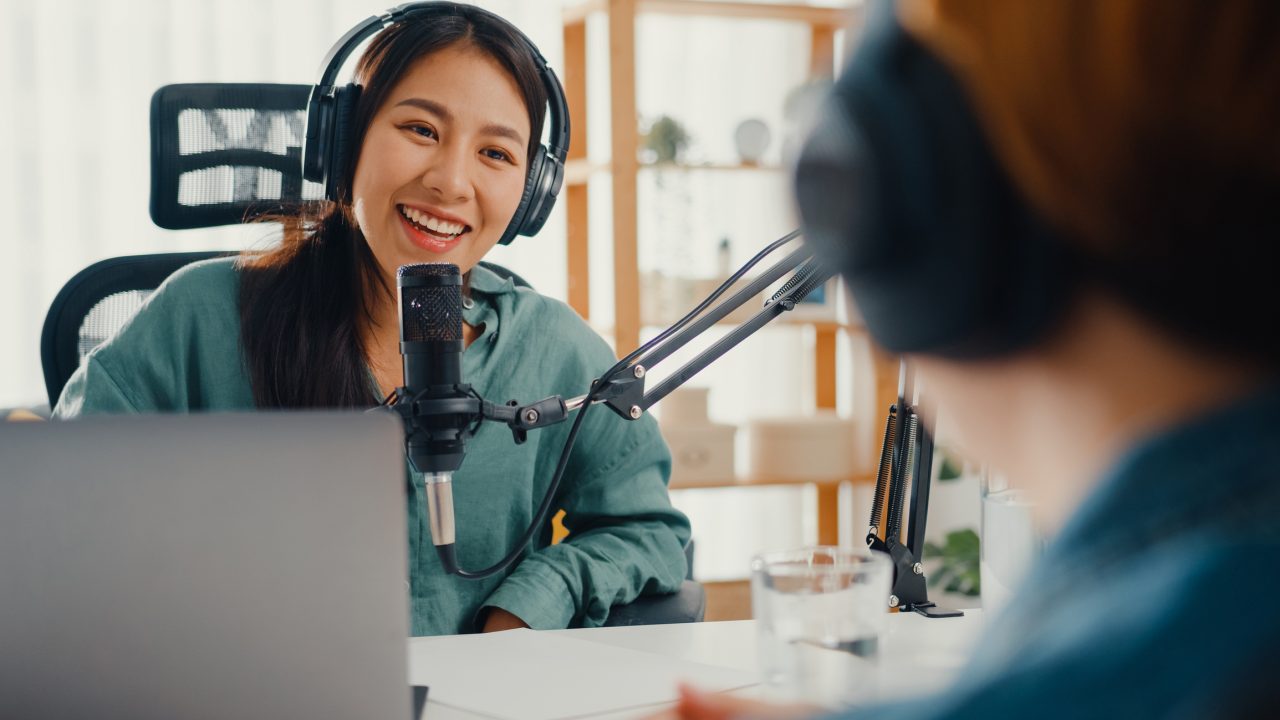Ten steps for engaging interviews
Some interviews make you feel inspired or happy, while others make you feel sad or angry. Listening to or reading interviews arouses different feelings, and you need to know how to interview someone in an interesting way to keep your listener engaged.
The following tips will teach you how to make interesting interview questions.

Blokk og papir
1. Understand what you are producing
What is an interview? It includes one person (the interviewer) who asks the questions and another who answers them (the interviewee). The goal is to get as much interesting information as possible.
Anyone reading, listening to, or watching the interview should get to know the person being interviewed well.

Ung kvinnelig journalist intervjuer en ung mann
2. Who and why?
Who are you going to interview and why? What do you want your story to be about?
How you start the interview is up to you, you can start with whichever question you want. If you are going to explore a topic, you will need to interview a person who knows the topic well. You may also need an expert on the topic who can be your source.
Perhaps you will do a portrait interview. The goal of this type of interview is to know the interviewee better.

Blokk og papir
3. Draft an interview agreement
When you know who you want to interview and why, you need to contact the person. You have to explain why you’re making contact, what the interview is about and where it will be published. Let them know if you will take pictures or record their voice. If you do this the right way, the interviewee will trust you.

Gjøre en avtale over telefon

Blokk og papir

6. Be yourself
Interviewing another person can be scary. It is up to you if it goes well or not. But remember that it will go well if you have prepared for the interview. It is normal to be nervous, and it can be a good thing.
Finally, don’t forget to smile! A smile can go a long way.

Radiointervju

Blokk og papir
8. Ask clarification and follow-up questions
When you have answers, you can dig deeper by asking follow-up questions. It will make the interview more interesting, for example asking, “Why (or how) did that happen?” and “Can you tell me a little bit more about that?” This will make your final result better.


Blokk og papir
10. Write as you have never written before!
When you write, follow your script as much as you can. But changes can be necessary along the way. It is up to you, it is your interview.
You need to describe as much as you can about the setting. Where the interview was and what clothes the interviewer was wearing can be helpful. By doing this, you paint a picture for the reader who wasn’t there at the interview.
Always read through your text several times to make sure that you have everything correct.

Tastatur laptop
Sources:
- dintekstforfatter.no (05.11.21): Hvordan skrive intervju?
https://dintekstforfatter.no/hvordan-skrive-intervju/
- abcnyheter.no (05.11.21): Slik skriver du intervjuer.
https://www.abcnyheter.no/nyheter/2008/04/10/64456/slik-skriver-du-intervjuer
- dincvhjelp.no (05.11.21): Hvordan skrive et intervju?
https://www.dincvhjelp.no/hvordan-skrive-et-intervju/
Media Rights:
-
-
Getty Images
-
Getty Images
-
Getty Images
-
Getty Images
-
Getty Images
-
Getty Images
-
Getty Images
-
Getty Images
-
Getty Images
-
Getty Images
-


